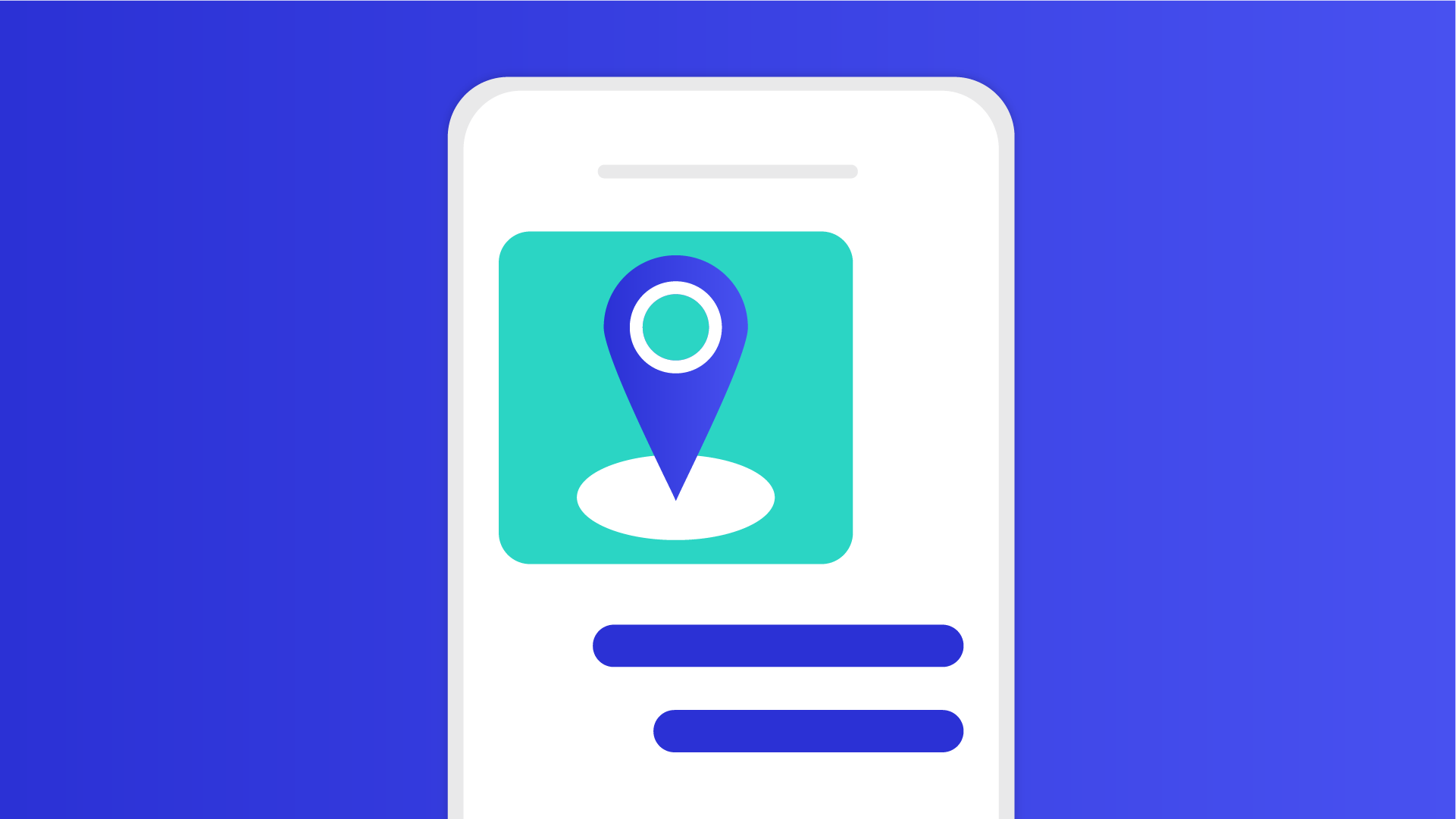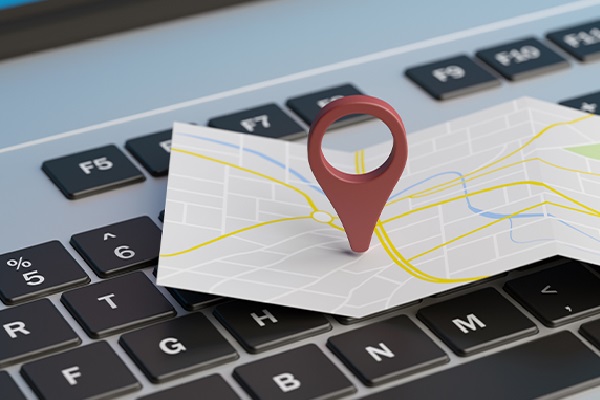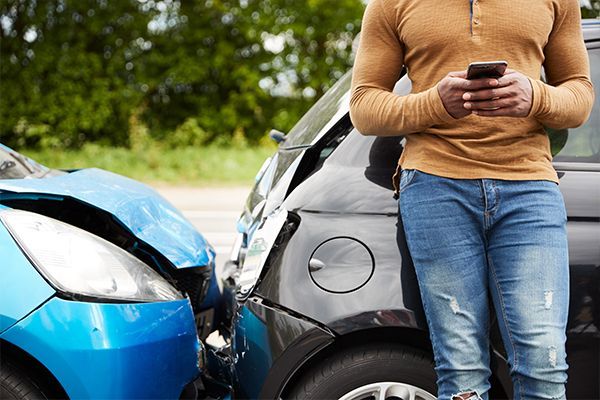Location Based Services for End to End Customer Engagement


In the shipping and logistics industry, the phrase “last mile” describes the final leg of the delivery journey: the step right before a package arrives at your door. The last mile is famously the most expensive and inefficient part of the delivery process. It’s frustrating for consumers too—if you’ve ever cursed a package for spending a week “in transit” after leaving the warehouse, or waited to sign for a delivery that never came—you’ve felt the strain of the last mile.
We see a similar “last mile” in end to end customer engagement. It’s the final touchpoints customers have with a brand before they complete a workflow. This is the sweet spot after a customer has received their marching orders and now must execute them. Just like in the shipping industry, a lot can go awry during those penultimate steps.
Today we’re spotlighting part of the Ushur platform that helps customers deliver seamless customer engagement down to the last mile: our location based services feature.
You likely use the Invisible App for its conversational AI and end to end automation functionalities. What you might not know is that the platform also integrates artificial intelligence and location based services. Customers can send you their location in the Invisible App by manually inputting their address or allowing the browser to pick up their position. Then, you can guide them to the next step in their journey, whatever that may be.

Our customer engagement platform already enables brands to personalize interactions. Using location based services to offer extra support is a natural increment to any strong customer engagement strategy. With this feature, you can dynamically deliver solutions based on a user’s surroundings. Our location based services software is time-zone aware, and the services rendered reflect local market rates. Talk about effective customer engagement!
The timing of this blog might seem rather ironic. Why highlight location based services now when, for the first time ever, most of the world is staying home?
Right now it’s important to limit your public exposure as much as possible. That means taking the most direct route from A to B when you do venture out.Let’s say a customer gets into a fender bender coming back from the grocery store. They complete a claim through the Invisible App. If they opt in to location based services, the insurance company can identify exactly where they are (helpful when an accident occurs out on the road where there’s no exact address) then send the customer names and addresses of nearby body shops. The customer can call ahead to ensure availability—eliminating the need to “shop around” and keeping public interactions to a minimum.

Or, in a perhaps more significant example, a customer who reports a medical emergency can be directed to the closest in-network hospital. A health insurance company might also guide customers experiencing COVID-19 symptoms to a nearby testing site.The auto-locate capabilities is one of the top benefits of location based services. Time is of the essence when a customer is in crisis, and typing in an address can be mentally or physically difficult.
Every customer is different. Every customer journey is different. The beauty of digital customer engagement is that workflows can be, too. When we talk about practicing contiguous customer engagement, we mean supporting the customer no matter what situation they’re in—whether they need to see a doctor ASAP or they’re a work-from-home dad desperately searching for baby wipes. With location based services, help will be on the way very soon.